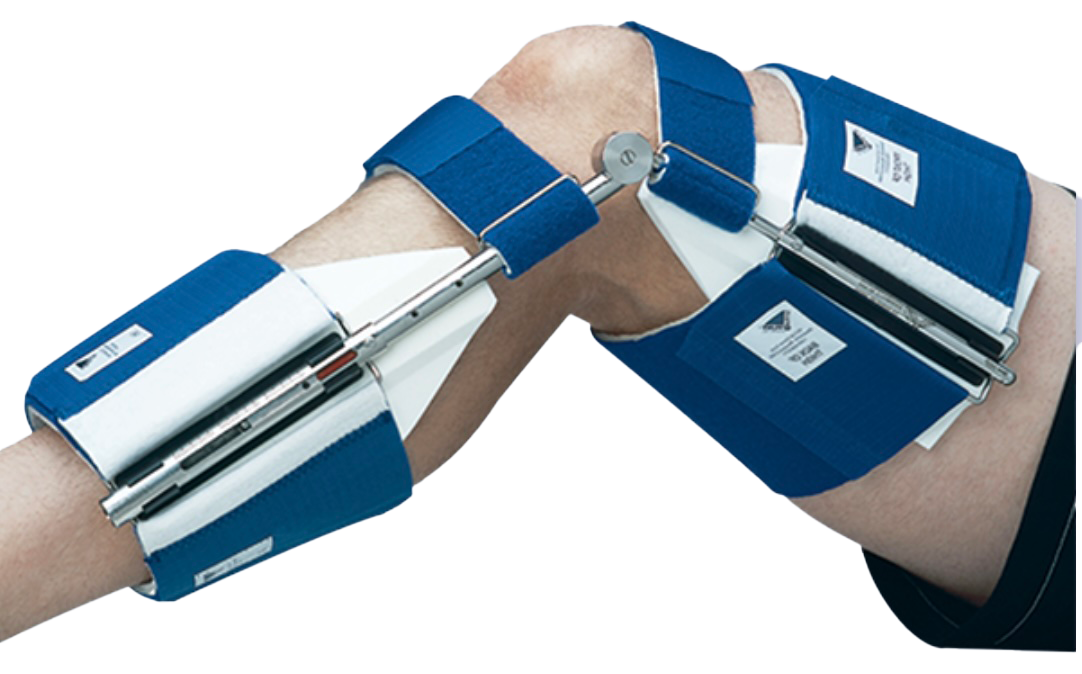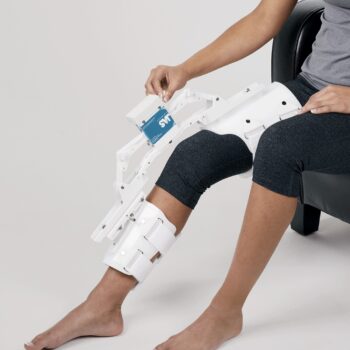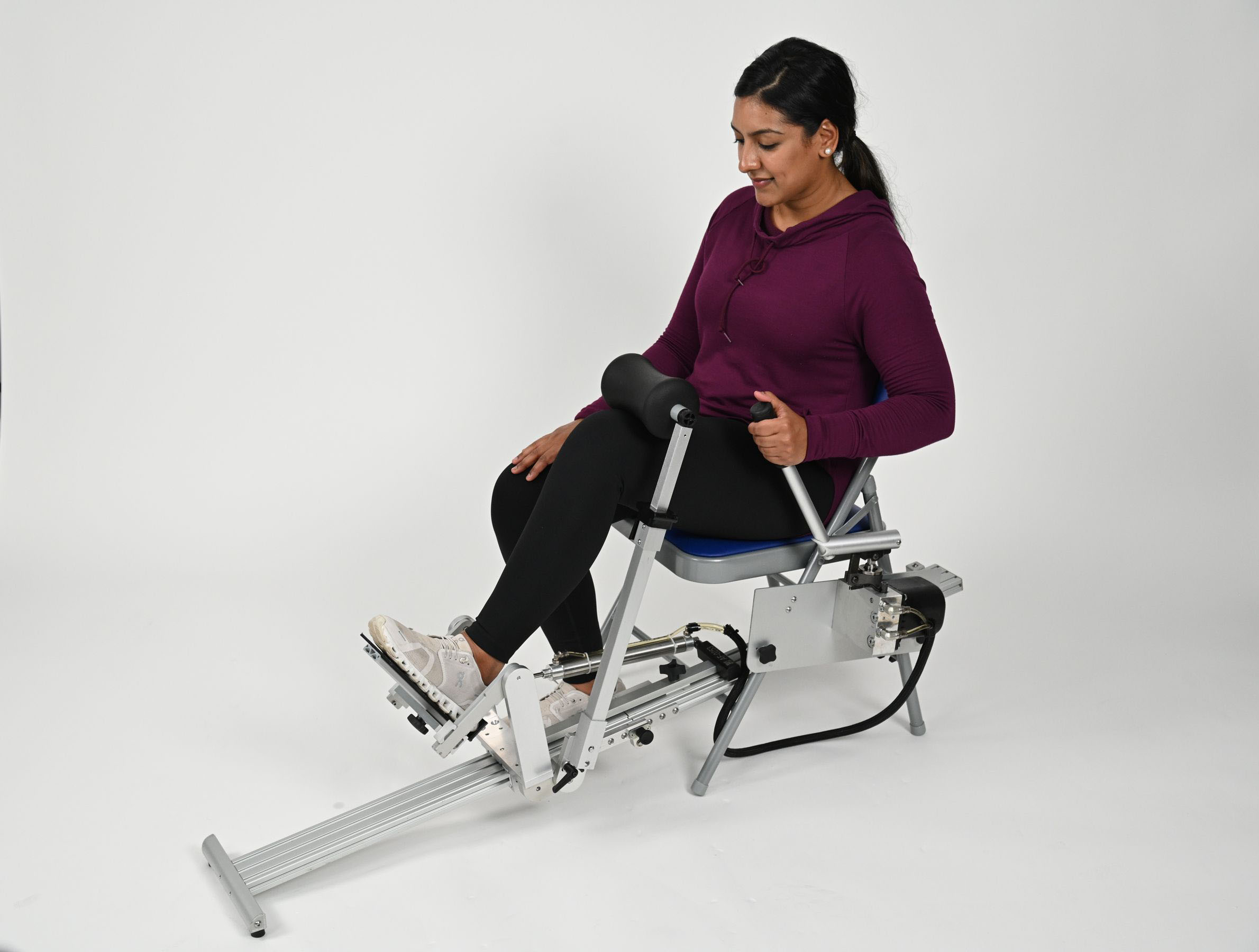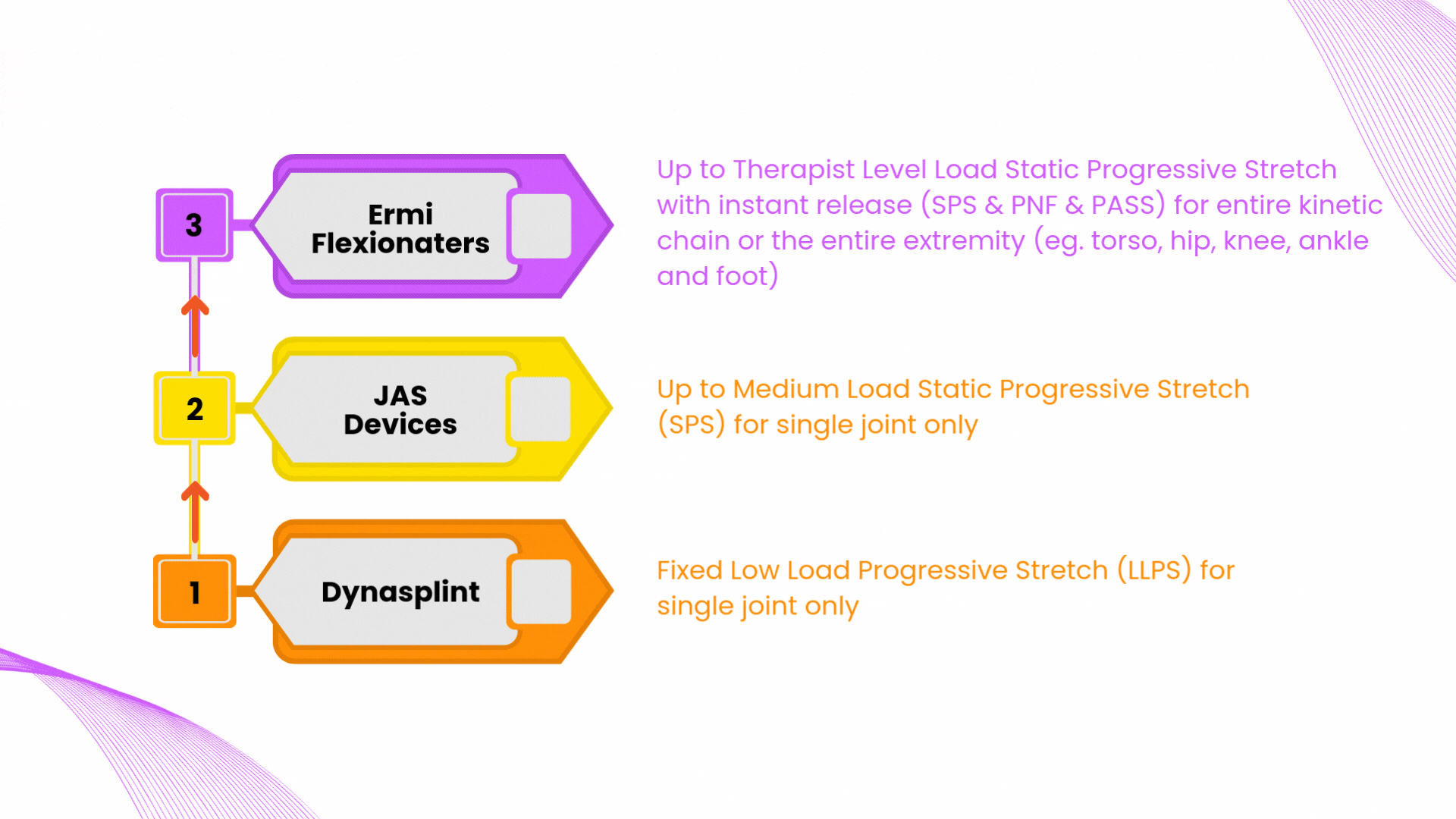You have a Joint Contracture
It is the cause of your motion loss.
Once you understand the fundamental cause of a Joint Contracture, the pathway forward will become much clearer.
Physical therapy uses this procedure to stretch scar tissue that limits joint movement. In a clinic visit, time is limited. The therapist takes your joint to its end range of motion and applies extra pressure, typically their maximum strength, for 15 seconds to improve mobility. Then, the therapist allows 15 seconds of relaxation with no pressure on the joint. The process is repeated for a total of 15 minutes.
This procedure has existed since Hippocrates and is one of the cornerstones of effective stretching. It is characterized by applying a load to stretch the joint. Once this load has been applied to the joint for a few minutes, the scar tissue relaxes, causing an increase in motion. The joint is then repositioned into this increased range of motion, followed by a stretch until more stress relaxation occurs. This process is repeated, slowly increasing joint motion for a 30-minute session.
PNF was developed by two specialists at the Kaiser Foundation Rehabilitation Center as a technique for therapeutic mobilization (Voss and Knott 1954). This procedure loads the joint into a stretch, followed by a significant muscular contraction around the joint, facilitating improved range of motion. The muscular contraction can either be in the direction of the load application, oppose the load application, or co-contract during the load application.
This procedure was first mentioned in 1984 as a preferred method for stretching knee extension contractures found in nursing home patients (Light 1984). It involves applying a low load to a joint over a long period, 5 to 12 lbs, and lasts between one and 12 hours per session. The applied load is well below the patient’s pain threshold.
The PASS procedure was described in 2003 (Branch 2003). This article described the PASS protocol as involving an applied load to bend the knee into maximum flexion for 1 to 5 minutes, followed by a period of joint rest. The load application was repeated for 1 to 5 minutes, followed by a period of joint rest. A single session was 10 to 15 minutes long. It was recommended that 4 to 8 sessions be performed daily to accumulate 60 minutes of stretch daily. This technique allows for maximum cumulative stretch time.



